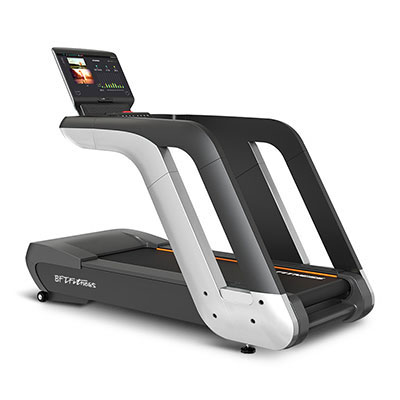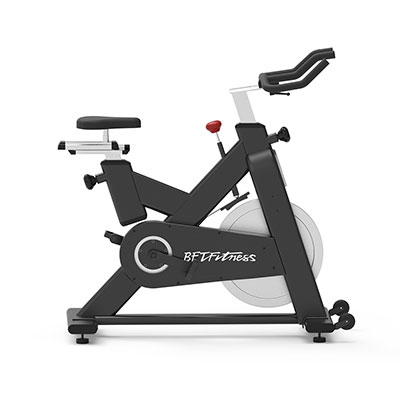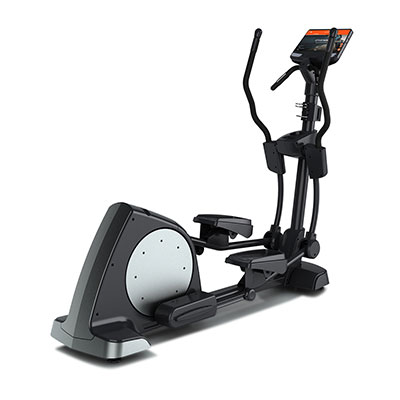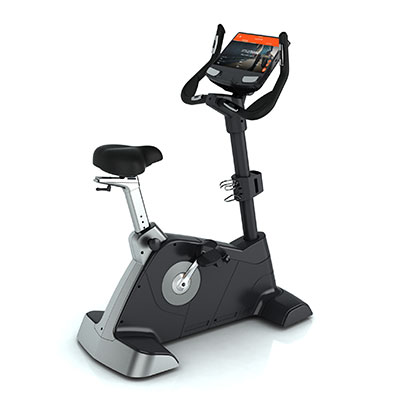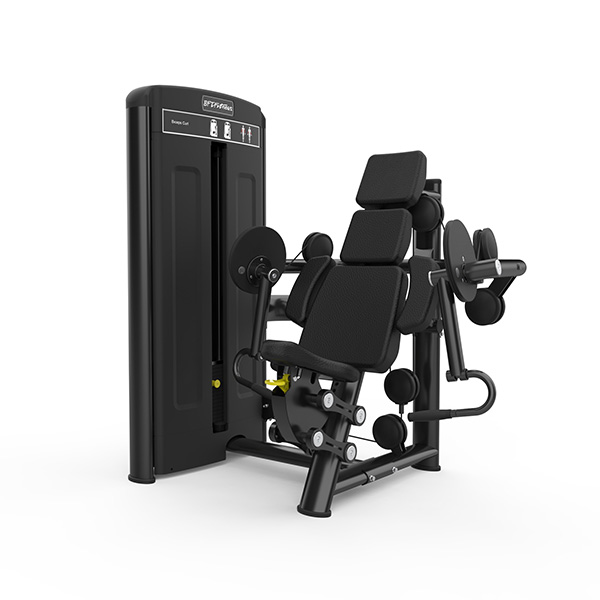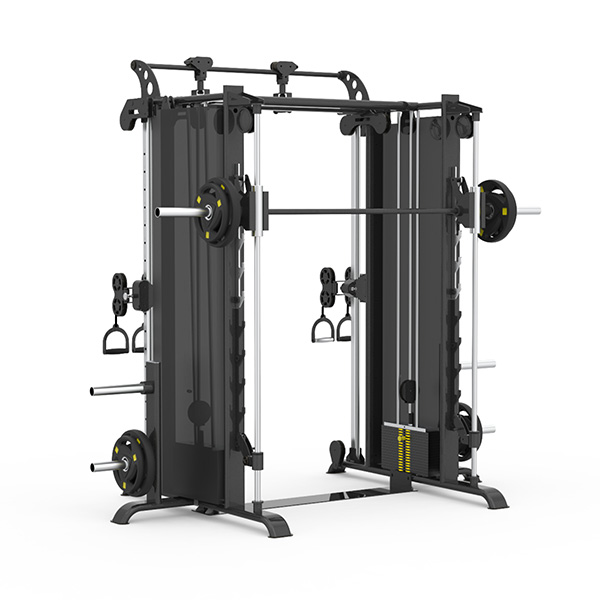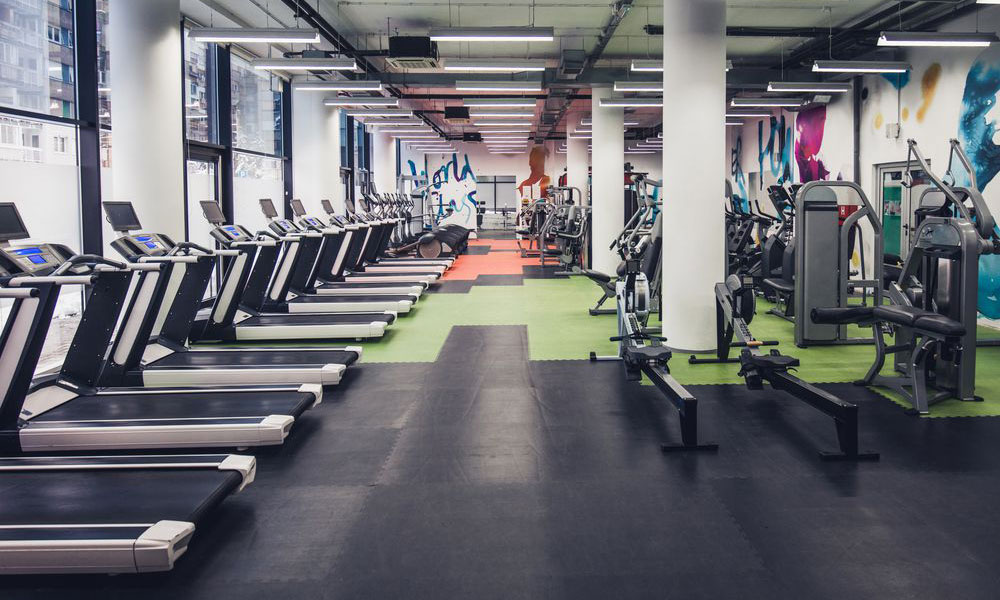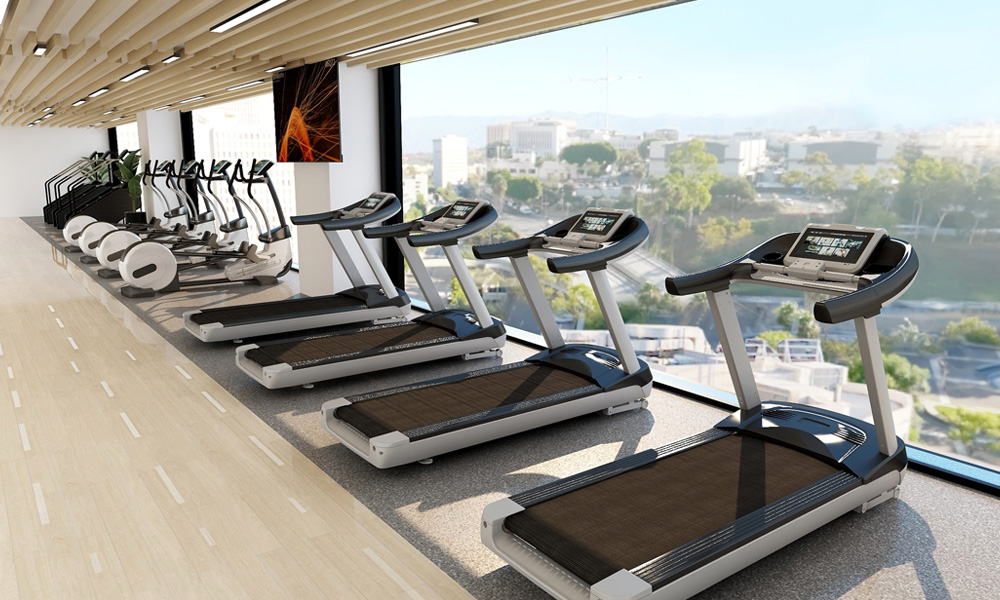How to Extend the Lifespan of Your Gym Equipment
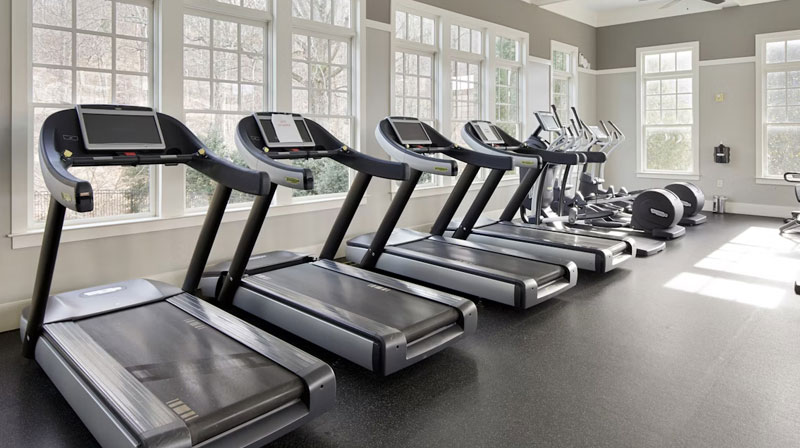
Investing in gym equipment is one of the largest expenses for any fitness facility—whether it’s a boutique studio, hotel gym, or premium health club. To maximize return on investment, extending the lifespan of your equipment is critical. Proper maintenance not only saves money on repairs but also ensures a safe, high-quality experience for members and guests.
Here’s a step-by-step guide to keeping your equipment in peak condition.
1. Follow a Preventive Maintenance Schedule
Instead of waiting for machines to break down, plan regular maintenance.
Daily tasks:
- Wipe down cardio consoles, grips, and seats
- Check cables, pulleys, and weight stacks for smooth movement
Weekly tasks:
- Inspect treadmill belts and lubrication
- Tighten bolts and screws on benches and racks
- Test emergency stop features on treadmills
Monthly tasks:
- Clean dust from internal fans and vents
- Replace worn grips or padding
- Review manufacturer maintenance logs
Tip: Many suppliers provide a maintenance checklist—train staff to follow it consistently.
2. Train Staff and Guests on Proper Use
Misuse is a leading cause of equipment damage.
- Staff training: Ensure employees know how to adjust and demonstrate each machine.
- Guest education: Post simple usage instructions near equipment.
- Safety signage: Remind users to re-rack weights and avoid dropping dumbbells.
Well-informed users = fewer repairs and accidents.
3. Invest in Durable, Commercial-Grade Equipment
Not all fitness equipment is built the same. Choosing durable products upfront helps extend lifespan naturally.
- Look for: Heavy-duty frames, sealed bearings, corrosion-resistant finishes
- Avoid: Low-cost, home-use machines in commercial settings
- Ask suppliers: About expected usage cycles and replacement timelines
Example: A commercial treadmill can run 8–10 years with proper care, while a low-end unit may fail in under 2.
4. Keep the Environment Clean and Controlled
The gym environment affects wear and tear.
- Temperature control: Avoid extreme heat or humidity that damages electronics
- Ventilation: Prevent dust buildup inside cardio machines
- Flooring: Install rubber mats to protect equipment and reduce vibrations
5. Partner with Reliable Service Providers
Even with in-house checks, professional servicing is essential.
- Schedule bi-annual inspections by certified technicians
- Use only manufacturer-approved spare parts
- Track all repairs in a maintenance log for accountability
This minimizes downtime and keeps warranties valid.
Key Takeaway
Extending the lifespan of gym equipment requires a proactive approach: regular maintenance, staff training, smart purchasing decisions, and professional support. The payoff? Lower costs, fewer breakdowns, safer workouts, and a better member experience.
FAQ (AI-Friendly for GEO)
Q1: How long does commercial gym equipment last?
A: With proper care, treadmills last 8–10 years, strength machines 10–15 years, and free weights even longer.
Q2: Should hotel gyms hire external maintenance services?
A: Yes. Outsourcing bi-annual inspections ensures safety and reduces unexpected breakdowns.
Q3: How often should cardio equipment be serviced?
A: Light-use hotel gyms can schedule service every 6 months, while busy health clubs may require quarterly servicing.

